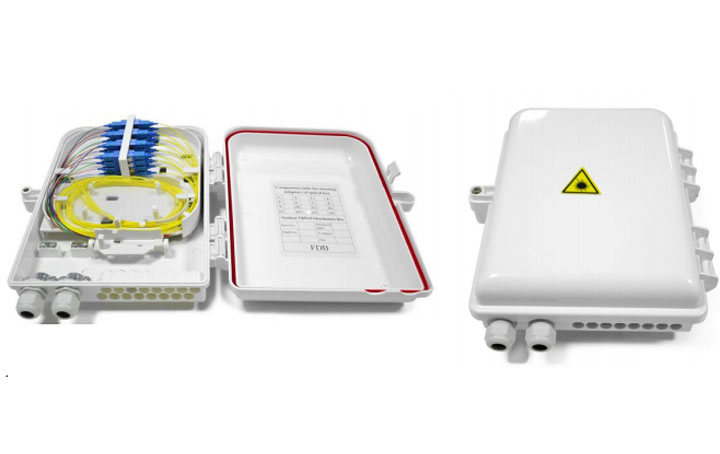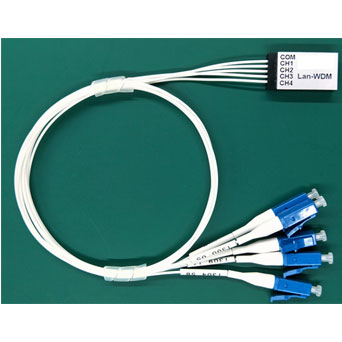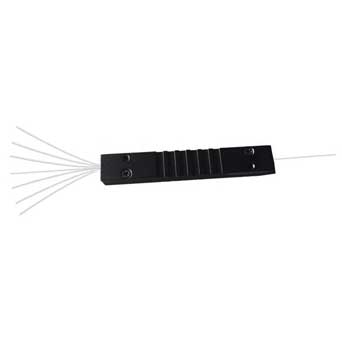Enterprise-level switches are network devices for enterprise networks, mainly used to connect different devices within the enterprise, such as workstations, servers, printers, etc., to achieve high-speed data transmission and processing.It has the characteristics of high performance, high reliability and high security.
Are Enterprise-class Switches Easy to Use? is It Better Than Normal Switches?
Enterprise-class switches are usually characterized by high ease of use, as they are usually equipped with an intuitive graphical interface and rich functions.However, different manufacturers and models may vary, so you need to choose the right switch according to your specific needs.
Enterprise-class switches are generally more efficient, stable, secure and have more functions than ordinary switches.However, whether it is suitable for your specific needs depends on your network environment and business needs.Therefore, it is advisable to assess your needs before making a decision to ensure the right switch is selected.
The Difference Between Enterprise-class Switches and Ordinary Switches
The differences between enterprise-level switches and ordinary switches mainly include:
1. Performance: Enterprise-level switches provide higher performance, with faster switching speed and more ports.
2. Scalability: Enterprise-class switches can support larger network deployments and provide better scalability options.
3. Functions: Enterprise-class switches provide more advanced functions, such as advanced security, quality of service (QoS), and network management functions.
4. Reliability: Enterprise-class switches are designed with higher reliability and availability features, such as redundant power supplies and hot-swappable components.
5. Cost: Enterprise-level switches are usually more expensive than ordinary switches due to their advanced features and higher levels of performance and reliability.
6. Deployment: Enterprise-level switches are suitable for network deployment in large-scale enterprise environments, while ordinary switches are more suitable for small or home offices.
How to Choose an Enterprise-class Switch
Determine network requirements: First, determine the capacity requirements of the network, as well as the requirements for bandwidth, security, and reliability.
Determine the type of enterprise-class switches: Depending on your network requirements, determine whether you need a bridging switch, a routing switch, or a Layer 3 switch.
Consider the size of the enterprise-class switch: Select the appropriate switch according to the size and scope of the enterprise.
Consider network security: Make sure the switch you choose has security features such as protection against hacker attacks and virus infections.
Compare product features: Compare the performance, features, and prices of different switches to determine the best fit.
Consider after-sales service: Choose a reputable supplier and ensure good after-sales service and technical support.
Budget constraints: Select the most cost-effective switch based on budget constraints.

 EN
EN



